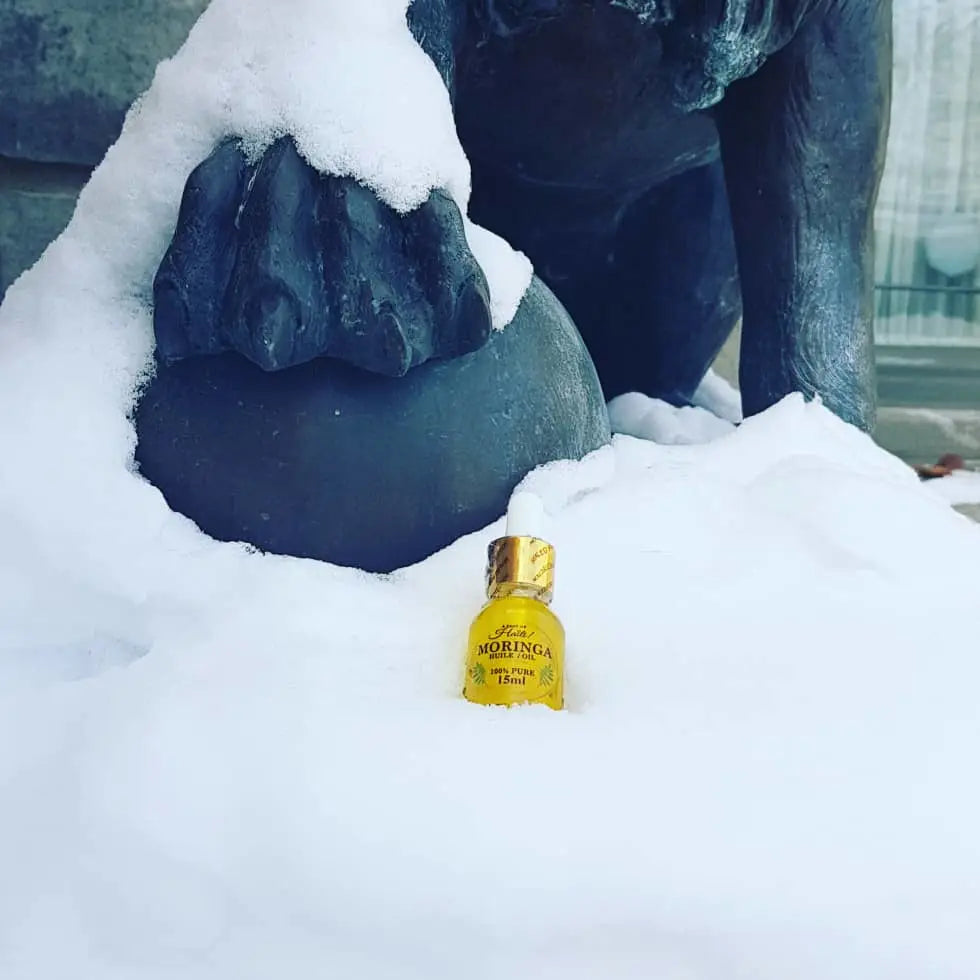
WHY DOES MORINGA OIL GET CLOUDY AND FROZEN
Share
Ever notice how moringa oil tends to solidify at cool temperatures, or seen a thick waxy layer forming at the top of your bottle? This is a common question among moringa enthusiasts, but don’t worry, there’s no cause for concern!
True Moringa products are all natural, meaning there are no chemical additives or preservatives, so moringa oil melts, solidifies, and reaches in-between stages naturally, based on its surrounding environment.
Much like coconut oil and shea butter, moringa oil is made up of a variety of different fatty acids, all of which have different melting points. And unlike water, which freezes at exactly 32°F, oils melt and “freeze” over a range of temperatures based on the melting points of their fatty acid components. The result can be a cloudy consistency, or the separation into waxy and liquid components.
Think about different types of fats used in cooking. Saturated fats, like butter, are solid at room temperature. They have the highest “freezing” point. Monounsaturated fats (like olive oil, which will solidify in the refrigerator) have a lower melting/freezing point, and polyunsaturated fats (i.e. vegetable oil) have the lowest, and will remain liquid at even colder temperatures. (For a full scientific explanation, check out this site).
Moringa oil has a relatively low level of polyunsaturated fatty acids, and is mostly made up of monounsaturated fatty acids, like oleic acid. This is what causes moringa oil to become partially solid at room temperatures—but while it may appear to have “gone bad,” the low levels of polyunsaturated fatty acids in moringa actually make it one of the most stable cosmetic oils, taking significantly longer than other oils to break down and degenerate when exposed to the elements. (See a detailed breakdown of moringa oil’s chemical composition and properties for further information).
